Although they are a fairly new breed, ISA Brown chickens have grown in popularity quickly thanks to their extraordinary egg-laying and friendly personalities.
These chickens are equally great for commercial egg-laying and for those new to raising chickens. If you raise these chickens, you are sure to appreciate their qualities.
History of Isa Browns
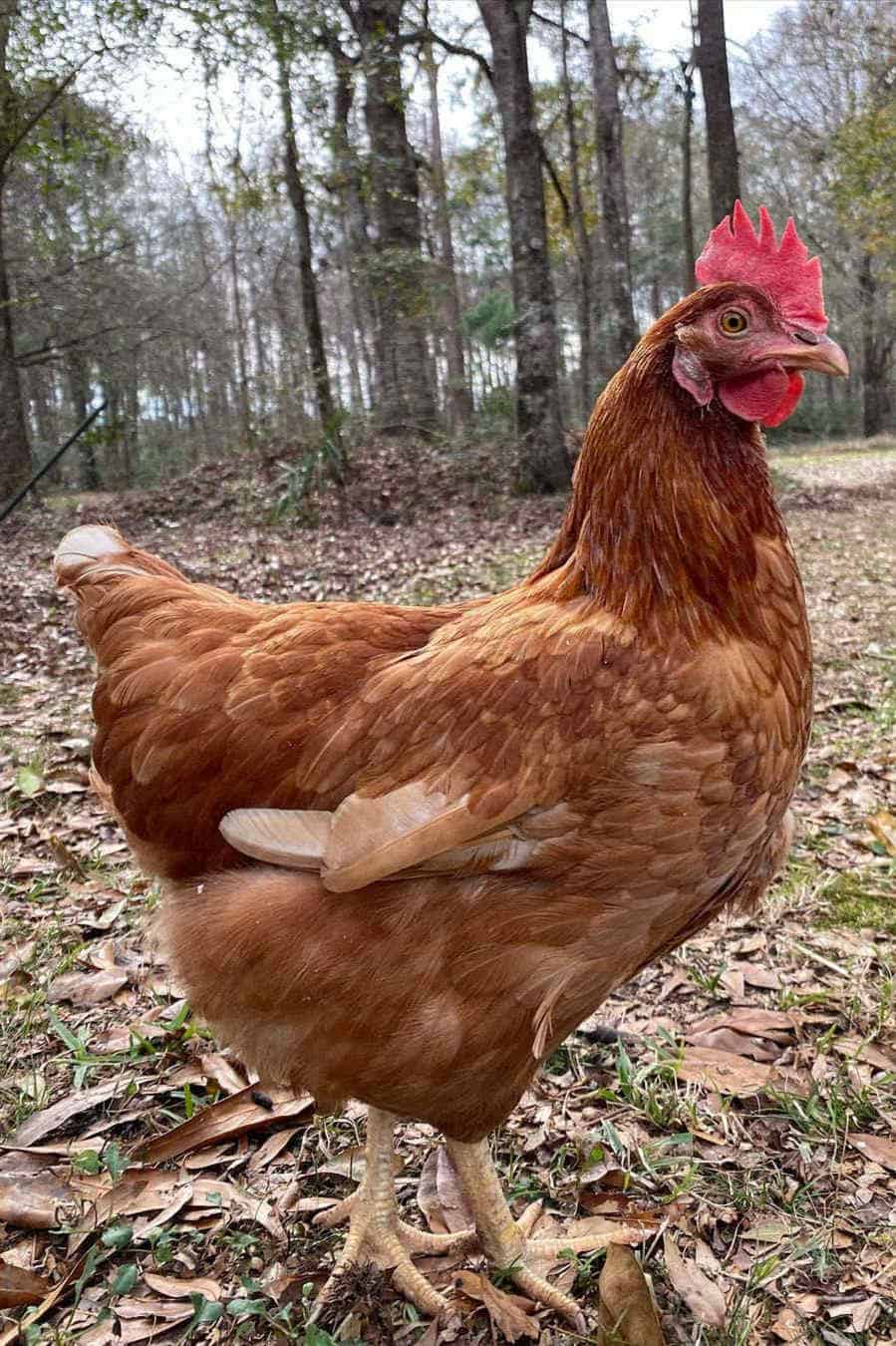
The Isa Brown breed is a hybrid that was developed by the Institut de Sélection Animale (ISA) in France in 1978. For translation, that’s fancy talk for “Animal Selection Institute.” But “ASI Brown” doesn’t roll out the tongue as well as “ISA Brown.”
Isa Browns were bred specifically for their egg-laying abilities.
The genetic mix within the breed is a highly-guarded secret, but White Leghorns and Rhode Island Red are the chief suspects used. In fact, their lineage is such a big secret that the breed itself is a copyrighted product.
Before the end of the millennium, in 1997, ISA merged with Merck & Co., a pharmaceutical giant, and the result was Hubbard ISA. In 2005, Hubbard and ISA were divided and merged with a pair of other companies.
ISA merged with Hendrix Poultry Breeders, part of Hendrix Genetics, whereas Hubbard was merged with Merial Ltd.
Hendrix Genetics specializes in tweaking and improving livestock breeds, of course, through selective breeding and not genetic engineering. Their egg-laying chickens include the breeds Babcock, Bovans, Dekalb, Hisex, ISA, and Shaver.
| Feature | Isa Browns |
| Purpose | Egg-laying |
| Egg color | Brown |
| Egg size | Large |
| Broody | No |
| Heat tolerance | Yes |
| Cold tolerance | Yes |
| Comb type | Single comb |
| Egg production | 300+ per year |
| Chicken skin color | Yellow |
| Life span | 5-7 years |
| Adult weight (hen) | 5 lbs |
| Adult weight (rooster) | 6 lbs |
| Backyard friendly | 5/5 |
ISA Brown Breed
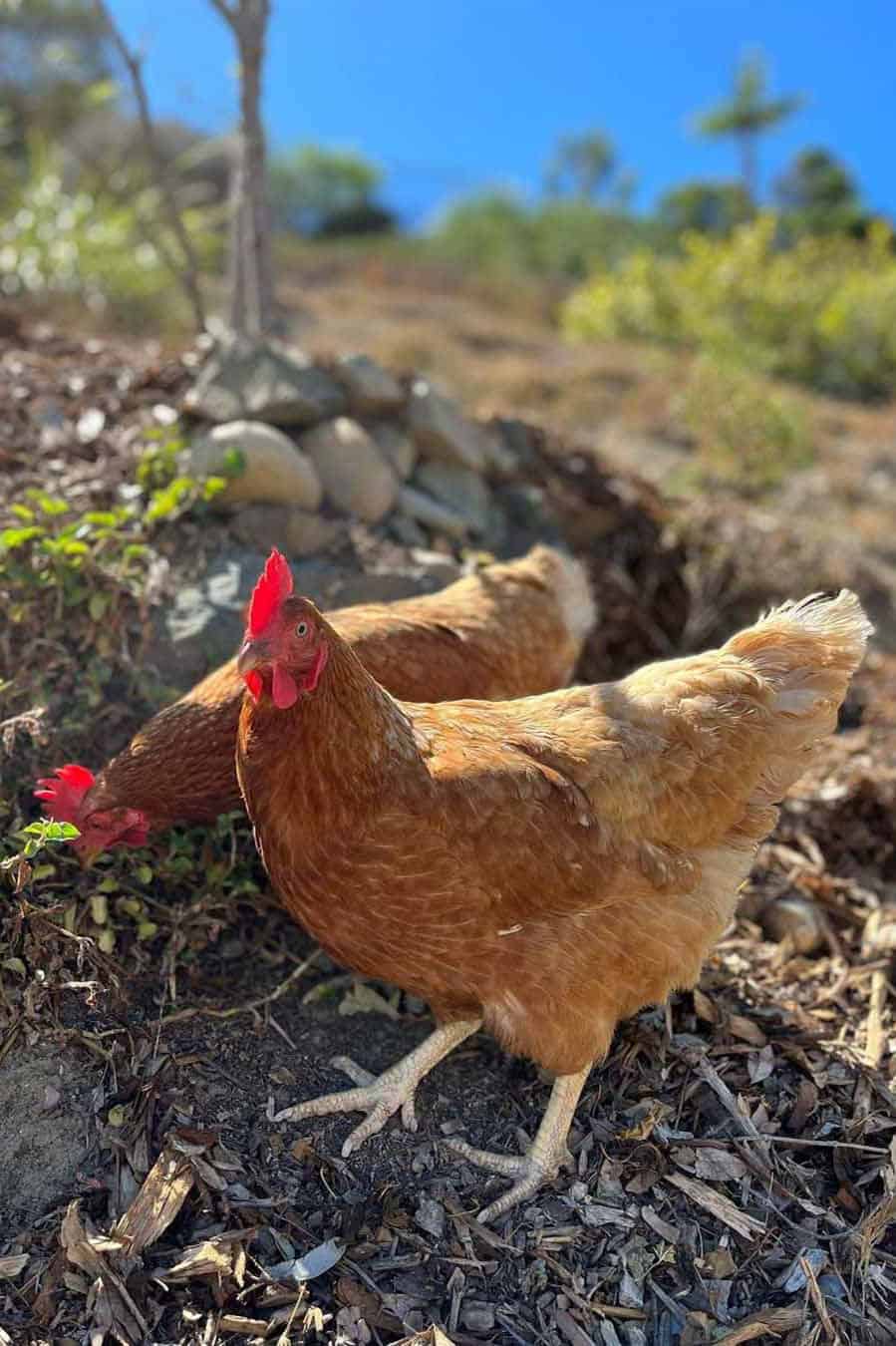
The ISA Brown breed has been a worldwide sensation, now for more than 35 years. The breed egg-laying talents have been proven, outshining its closest competition. ISA Brown’s outstanding food-to-egg performance ratio makes it a very profitable breed for commercial use, a natural magnet to small poultry farmers.
Small farmers come for ease of care. But they stay for docile temperament. If you wish to start raising chickens in your backyard for eggs or as pets, these little cluckers would be the perfect breed for you.
You will have a mountain of beautiful brown eggs, you’ll save money a ton on food, and your kids will thank you for the pleasure of having livestock running around.
It’s not uncommon for retired ISA Brown chickens to become family pets. The British Hen Welfare Trust works to give these sweet girls homes where they can live out the rest of their lives once their commercial egg production slows.
Isa Brown Appearance
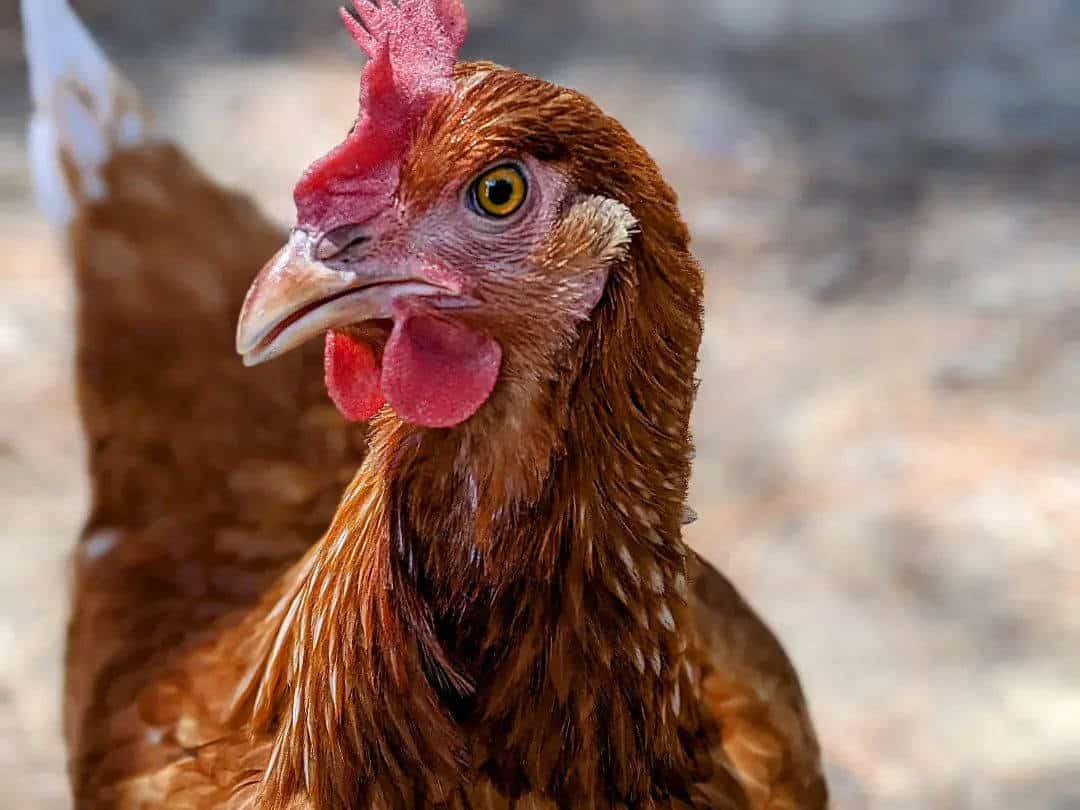
Since this chicken was bred primarily for commercial purposes, there is no set breed standard. It is also important to know that as a hybrid breed, the ISA Brown doesn’t breed true, making it impossible to breed them for show purposes.
The offspring do not consistently retain the characteristics of the parents. It should be noted that if the breeding process is not properly managed, the descendants may end up developing kidney problems. They also do not retain attractive breed characteristics, making them a poor choice for breeding.
The ISA Brown hen is a small to medium lady, weighing in at about 5 pounds when mature. The roosters are slightly heavier at 6 pounds. The hens have tan to copper feathers, while the males adorn a white coat. This difference in color makes ISA Browns easy to sex with, even as new hatchlings.
They have reddish-orange eye color. The red theme extends to the combs and wattles. The breed has a very similar appearance to the Rhode Island Red breed, but its body is leaner and more similar to a Leghorn, another prolific egg layer.
They have short and straight tails that may contain white feathers. The base of their feathers also tends to be white. So, you may notice some white peaking between those beautiful coppery feathers on a windy day.
Isa Brown’s Personality and Temperament
ISA Browns are known to be gentle, calm chickens. They are great with kids and make excellent pets. Excellent indeed, a pet that can make you breakfast? Sweet stuff.
It is not uncommon for these chickens to become beloved pets within their family. This quality makes them especially popular among small farms, homes with kids, and backyard chicken coops.
These chickens do well as pets and in neighborhoods. They are a fairly quiet breed that loves to forage in a backyard. Issue a license to roam and forage for bugs and worms, and they’ll love you for it.
ISA Browns are also very social with people. They are the type of chicken that jump on your lap for a little cuddle time. Or they may shadow you around your backyard; what a stalker! Needless to say, the personality of these chickens will win over the hearts of those who work with them.
Egg Laying
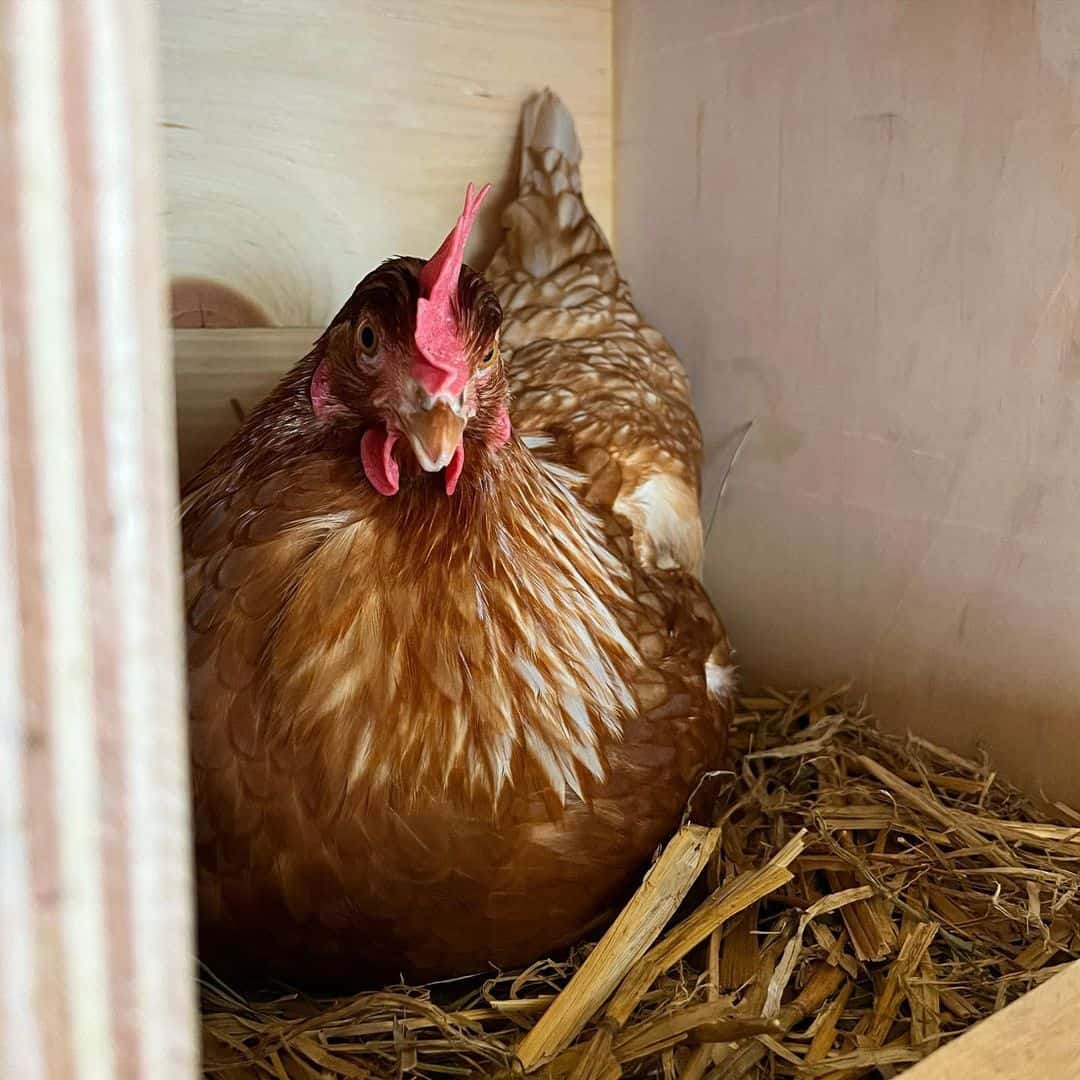
This breed of chicken is well-known for being a commercial egg-laying hen. Each hen will lay in excess of 300 large eggs per year for 2 years and has the potential to produce up to 500 eggs per year.
The egg quality is superb, large in size, and uniform. All of these make it a valuable chicken for commercial egg production.
The eggs are brown and weigh an average of 62.9 grams, or 2.21 ounces. By 90 weeks of age, these chickens will have laid an average of 420 eggs and will reach a 50% rate of laying at 144 days old.
However, laying this many eggs means that by two years old, her egg production will slow down significantly. It is also not the best for the bird’s health. ISA Browns need more protein and calcium via oyster shells to keep up with egg production and help develop hard eggshells.
In addition to feeding a protein and calcium-rich diet, lots of sunshine helps these girls produce more eggs, so offer shade but provide open areas of direct sun for them to forage and graze. In the summer months, keep in mind that they will also need plenty of water for hot, sunny days.
Health Issues and Care

While their meat is tender, the ISA Brown is a hardy chicken. However, the demand of laying several hundred eggs during the first two years of its life can really take a toll on the poor lady.
An overworked egg machine can expose the French lady to reproductive health problems. Prolapse, tumors, and cancer are the most common issues with prolific egg layers like ISA Brown and Leghorn breeds.
It is important to ensure your hens receive plenty of calcium and protein supplements. This diet helps keep the hens healthy and at the very top of their egg production game. They give you all their eggs; the least you can do is support them with some proteins and calcium.
Because of their hardiness, ISA browns can pretty much handle almost any weather or climate you throw at them. But give them plenty of warning with proper preparation. First, have them in a temperature-controlled room before slowly introducing them to their new environment.
And finally, vaccination and sanitation are also important. Protect them from diseases and keep their living quarters clean.
7 Tips for Raising ISA Browns

Here are some helpful tips to help your ISA Brown chickens not just survive but thrive:
1. Building the Coop
ISA Browns don’t demand a four-star hotel for a coop. They just want a cozy nest so they can embark on what they do best; laying eggs. So construct a spacious coop with sturdy walls and predator-proof chicken wire. You know it’s hard to concentrate on laying eggs when foxes are eyeballing you.
Bottomline, make comfort and security your top priorities.
2. Bedding Bliss
Now that your coop is done, we can talk about bedding, or nesting, whichever floats your raft. Your ISA Browns will spend a significant time of their lives on these nests. So, nestle your chickens in a cozy bedding of straw or wood shavings, creating a haven that feels like a downy cloud beneath their delicate feet.
Straw and wood shavings are good at absorbing moisture and odors, keeping the coop clean and fresh. It’s like gifting your chickens a snuggle-worthy retreat.
3. Provide Plenty of Nesting Boxes and Perching Space
Since ISA Browns can lay around one egg per day, it’s important that each hen has plenty of space and a nesting box available. This will help them to stay comfortable and help the cool environment stay clean.
Hens need perching space to stay safely away from predators, regardless of whether they are laying eggs or not. It’s important for them to have plenty of room to stay cool and dry during the summer months.
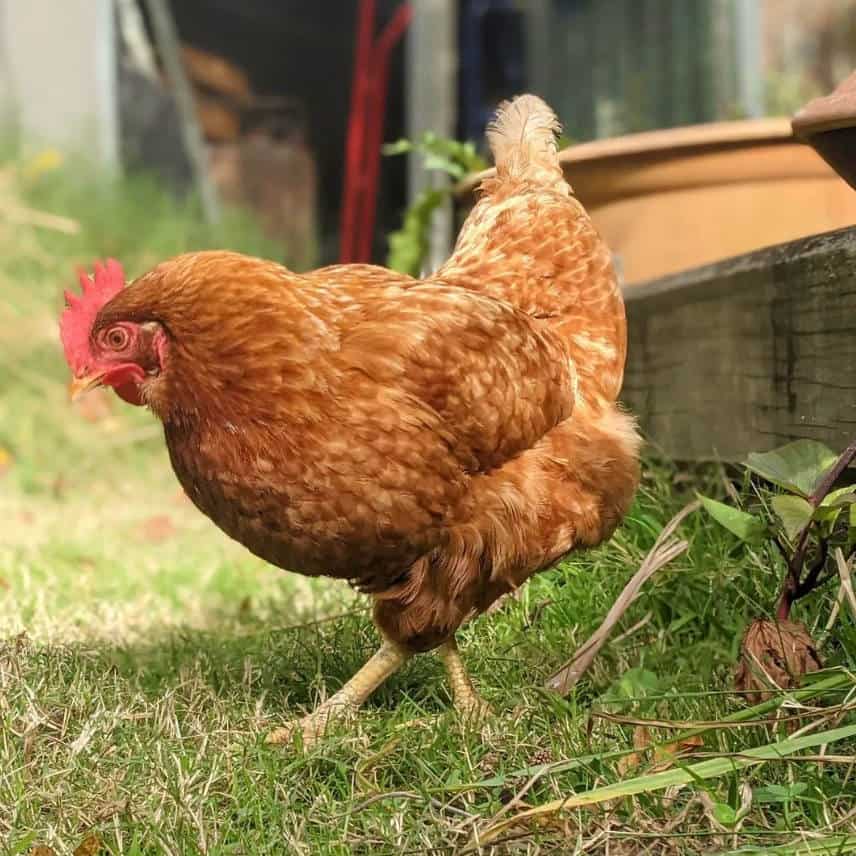
4. Protein and Calcium are Crucial
As mentioned above, your ISA Brown chickens need more protein and calcium than most chickens because of their prolific egg-laying abilities. ISA Browns are such excellent layers that they are willing to sacrifice their bones to lay eggs.
But we won’t let it come to that. We will give them the calcium they need to keep our breakfast tables full. So, help your chickens as they help you; provide calcium and protein supplements.
Oyster shells are a potent source of calcium. Incorporate that into their diets, and they will love you for it.
5. Provide Space for Foraging
Another great way to boost morale and your hens’ protein intake is by providing them plenty of space to forage. There are plenty of insects that lurk beneath the ground and compost heaps. Insects contain lots of protein and allow them to take in plenty of sunshine. The all-mighty Vitamin D improves egg production.
Foraging is great for your hens, and it keeps them happy. A happy hen lays tons of eggs.
6. Keep the Coop Clean
The best way to keep your chickens healthy is to provide them with a clean environment. Chickens are messy, so it’s important to change out litter and bedding regularly. Alternatively, you can use a mobile coop or chicken truck and move it regularly to a fresh patch of grass.
This will prevent disease-causing bacteria from growing and will keep your flock healthy.
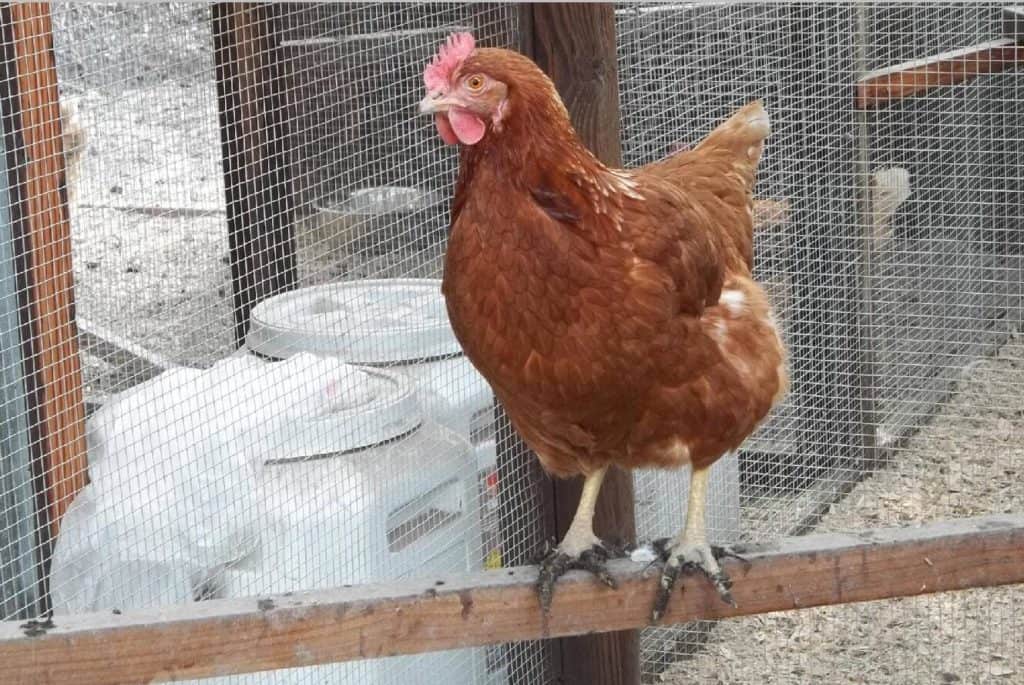
7. Allow Your Chickens to Socialize
The ISA Brown is quite the social bird. It enjoys the company of other chickens, other animals around the farm, and of course, you, the chief fun officer. So why be shy and withdraw to a reclusive lifestyle?
Get out there, and say hi to the hens. Offer the ladies treats like mealworms and fresh vegetables. Personally, open their coop as you let them out to forage. While you’re at it, cheer them on.
Before you know it, you’ll have a feathery friend tailing you around.
Give ISA Browns a Try
The ISA Brown is an excellent all-around breed of chicken that is sure to impress. Whether you are looking into raising chickens as a hobby or business, there are many good reasons to give these chickens a shot.
Their egg-laying and winning personalities are sure to keep you coming back to this breed time and time again.

Joseph Hudson has been raising chickens for over 15 years. In 2018, he completed the Agriculture & Natural Resources program at Mt. San Antonio College. He currently raises over 1400 chickens on his 7.5-hectare farm. He keeps sharing his experience on raising healthy and happy chickens on Chicken Scratch The Foundry.
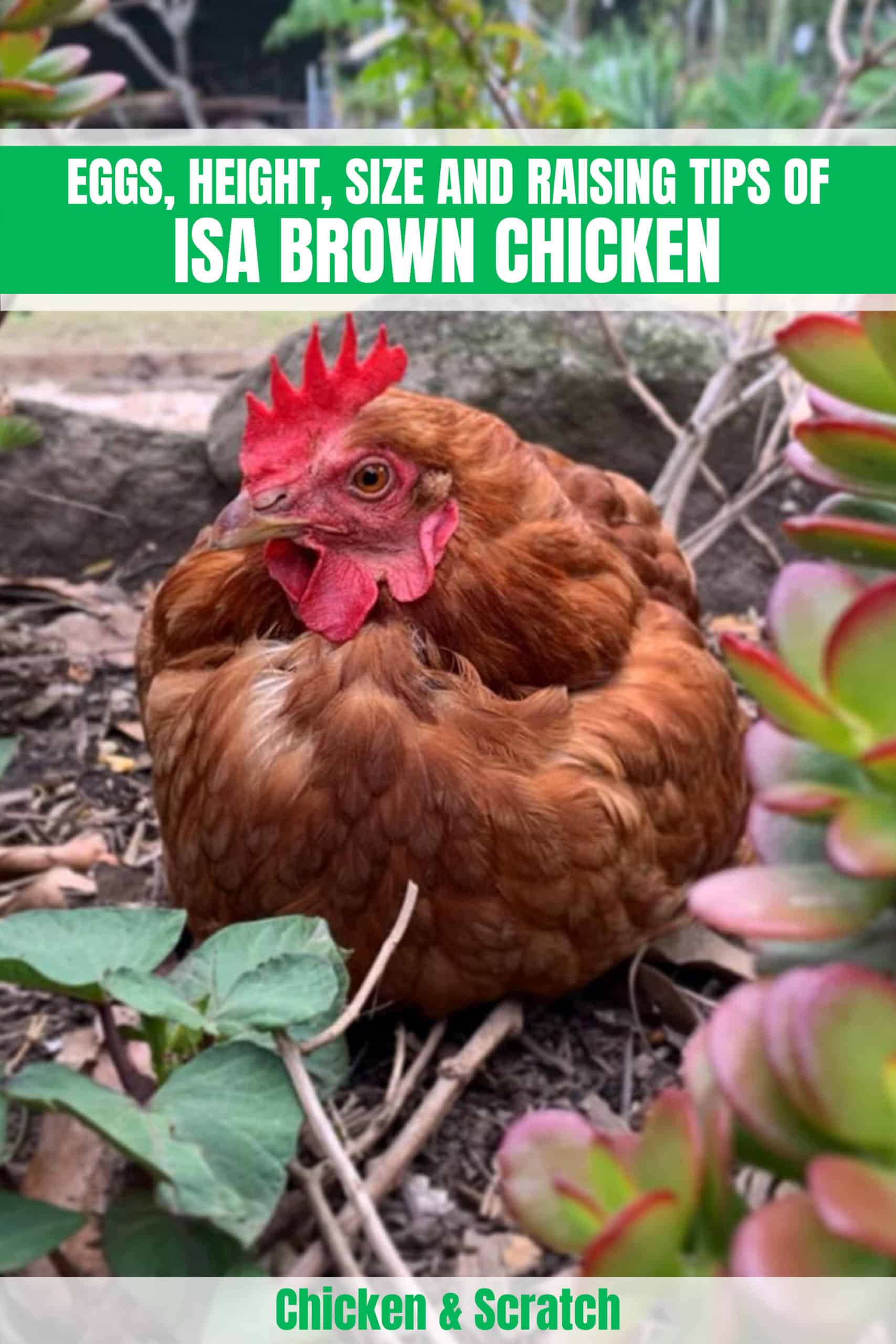







Is there any chance of buying some ISA Brown poullets at this time with the Coronavirus. I would be interested in four birds.
I live near Mouilleron en Paraeds in Vendėe. I would be much obliged to your answer.
Kind regards,
Fanny Harrison-Banfield
I purchased 4 ISA Brown chics at Tractor Supply 3 weeks ago. Was there this afternoon and they still have some on hand. Sioux Falls SD
Yes at tractor supply
This is false. There is nothing to back it up – Isa Browns cannot lay 500 eggs per year.
This does contradict what I have heard about egg production in general. I was under the impression they need so many hours daylight to produce an egg. When they molt they do not lay. Trying to understand how they can lay so many
but they can lay 400, sometimes mine lay 2 eggs a day.
but they can lay 400, mine sometimes lay 2 eggs a day.
but they CAN lay 400
I have 4 9 month old ISA and they lay a total of 8 eggs a day.total .big hearty eggs they are pets, but neighbors love them because I give the eggs away. People are amazed at the quality and taste they slacked off due to cold but always get 5-6 a day right now at the end of December
Needed 25 hours to make an egg, 330 eggs per year is a very max i reckon.
This is taken directly from ISA Poultry: https://www.isa-poultry.com/en/product/isa-brown/
“Extensive field testing with the ISA Brown shows that the ISA Brown has exceptional feed conversion and is capable of laying up to 500 first quality eggs.”
Annual hen-housed average is listed as 470
500 eggs a year or 300?
i weigh my eggs daily. my isa browns average eggs are 70 grams and they are still pullets, not yet hens.
my Isa Browns eggs are really small . Does anyone have any input on why? They get healthy treats an fresh veggies. She is only about 21 weeks old could that be why?
Yes, they will get larger
Mine did not start lying until 8 months old and I live in CA., On a hill, so they get plenty of light. I free feed high protein….all they want..! I would have been thrilled if I got eggs at 21 weeks of age!!! No doubt the age is why the eggs are small. They will get bigger.
What shouldn’t you feed your hens?
Do chooks eat meat and what foods/ scraps shouldn’t you give your chooks